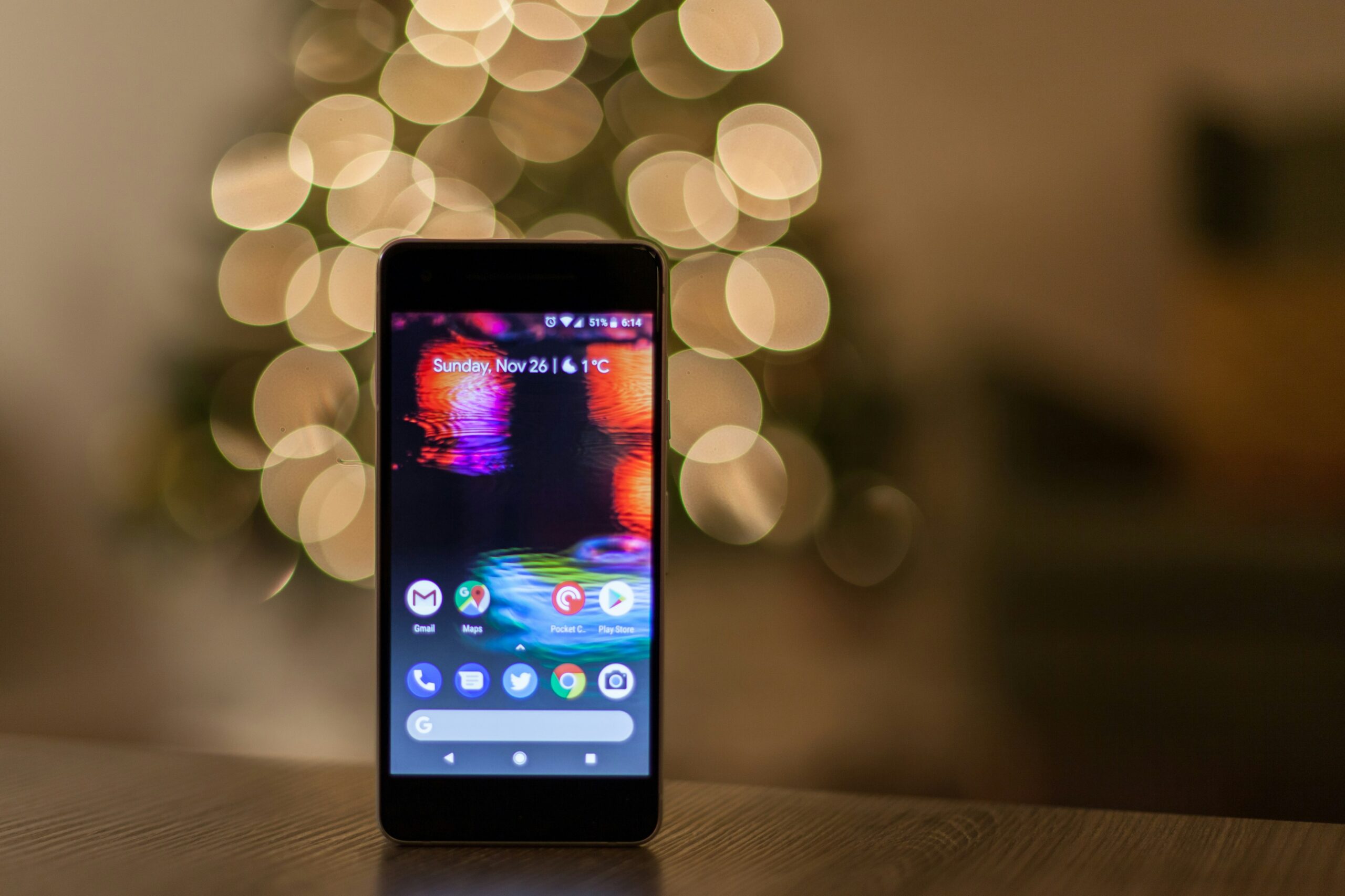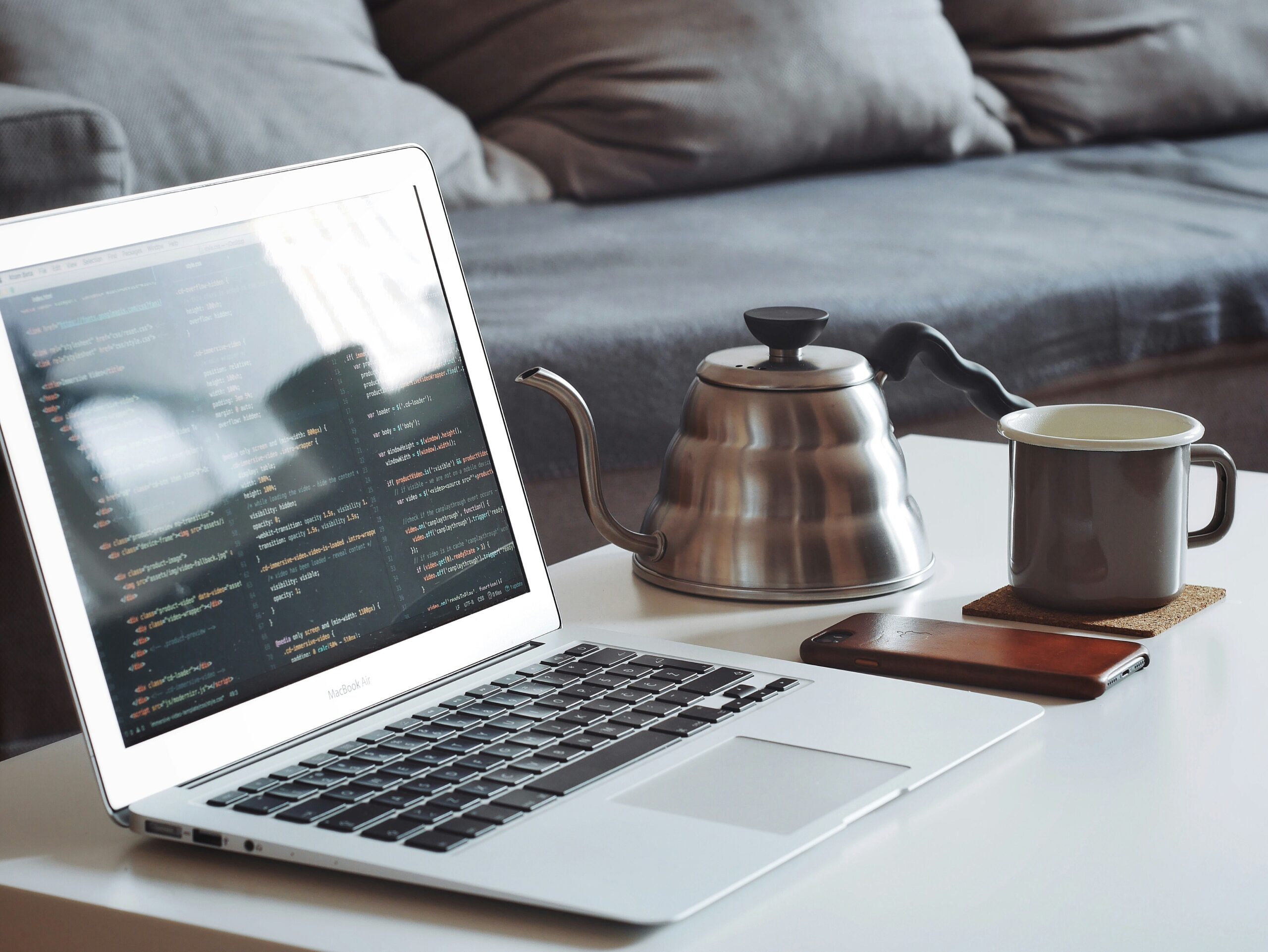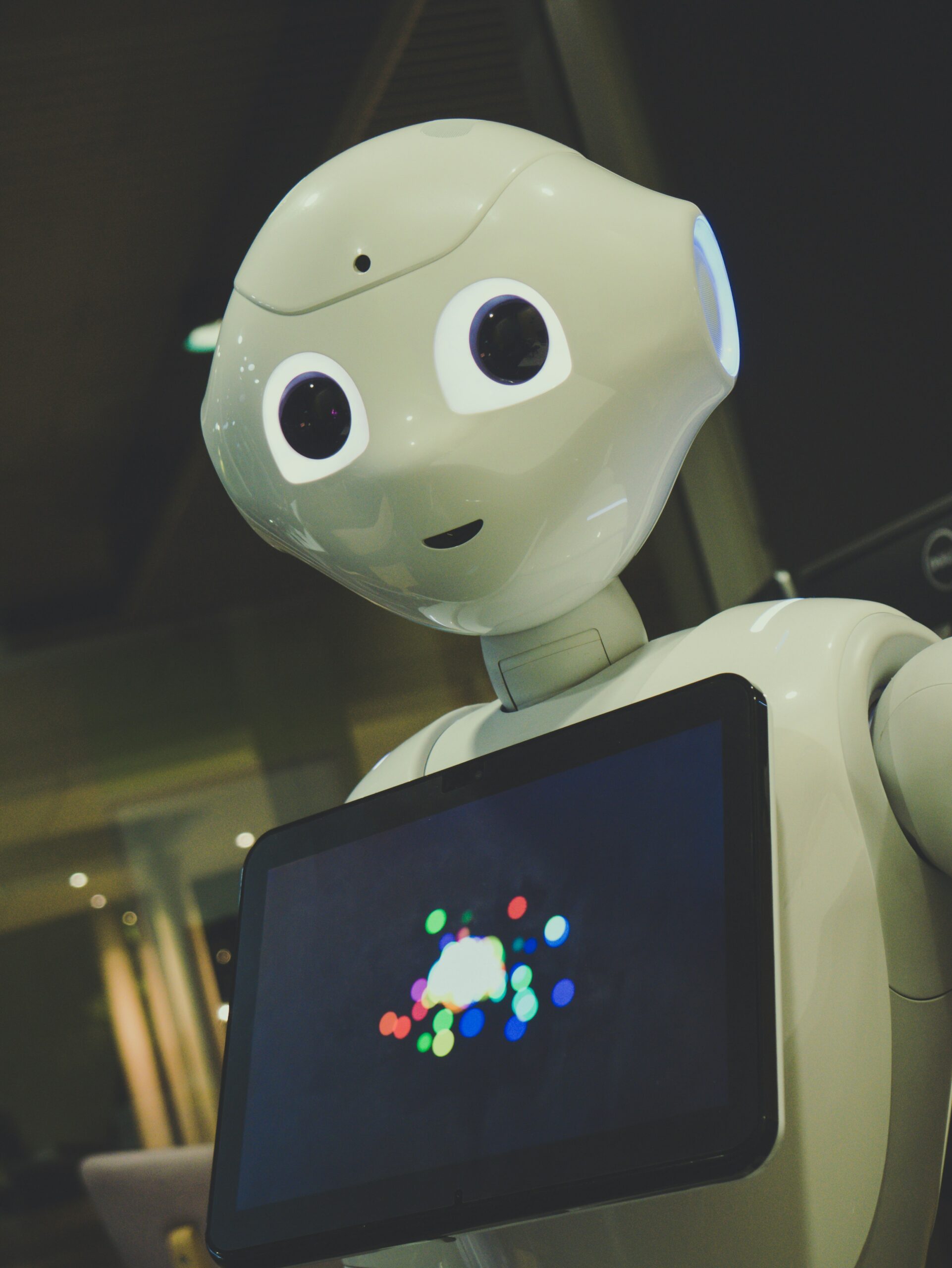In today’s fast-paced world, technology plays a crucial role in various aspects of our lives, including healthcare. With the rise of smart cities and the Internet of Things (IoT), there has been a significant shift in how healthcare services are delivered and accessed. User interface (UI) and user experience (UX) design have become key components in empowering healthcare professionals and patients alike. In this blog post, we will explore the innovations in UI/UX that are revolutionizing smart city wellness.
One of the primary goals of UI/UX design in healthcare is to enhance the overall user experience for both healthcare providers and patients. By creating intuitive and user-friendly interfaces, healthcare professionals can streamline their workflows, improve efficiency, and provide better care to their patients. At the same time, patients can have access to personalized healthcare services, track their health data, and make informed decisions about their well-being.
One of the most significant innovations in smart city wellness is the development of mobile health applications. These apps provide users with a range of features, such as appointment scheduling, medication reminders, and access to electronic health records. With a well-designed UI/UX, these apps can be easily navigated, ensuring that patients can effortlessly manage their healthcare needs. Additionally, these apps can integrate with wearable devices, allowing users to track their fitness levels, monitor vital signs, and receive real-time feedback on their health goals.
Another area where UI/UX design is making a significant impact is in telemedicine. Telemedicine allows patients to consult with healthcare professionals remotely, eliminating the need for physical visits. With a well-designed user interface, patients can easily connect with healthcare providers through video calls, share medical documents securely, and receive virtual prescriptions. This not only saves time and money but also improves access to healthcare services, particularly for individuals living in remote areas.
In the realm of smart city wellness, UI/UX design is also being utilized to create interactive health kiosks. These kiosks are strategically placed in public areas, such as shopping malls or community centers, and provide users with access to various healthcare services. With a user-friendly interface, individuals can check their blood pressure, measure their body mass index (BMI), and receive personalized health recommendations. These kiosks also offer information on nearby healthcare facilities, making it easier for individuals to seek medical assistance when needed.
UI/UX design is not only limited to patient-facing applications but also extends to healthcare professionals’ tools. Electronic health record (EHR) systems, for example, have undergone significant improvements in terms of UI/UX design. By creating intuitive interfaces, healthcare providers can easily navigate through patient records, update information, and communicate with other professionals. This streamlines the workflow and allows for better coordination of care, ultimately leading to improved patient outcomes.
In conclusion, UI/UX design is playing a vital role in empowering healthcare in smart cities. By creating intuitive and user-friendly interfaces, healthcare professionals can enhance their workflows and provide better care to their patients. Patients, on the other hand, can access personalized healthcare services, track their health data, and make informed decisions about their well-being. With the continued advancements in UI/UX design, we can expect even more innovations in smart city wellness, further revolutionizing the way healthcare is delivered and accessed.
Keywords: UI/UX design, smart city wellness, healthcare professionals, patients, mobile health applications, telemedicine, interactive health kiosks, electronic health records, user-friendly interfaces, patient outcomes.











Leave a Reply